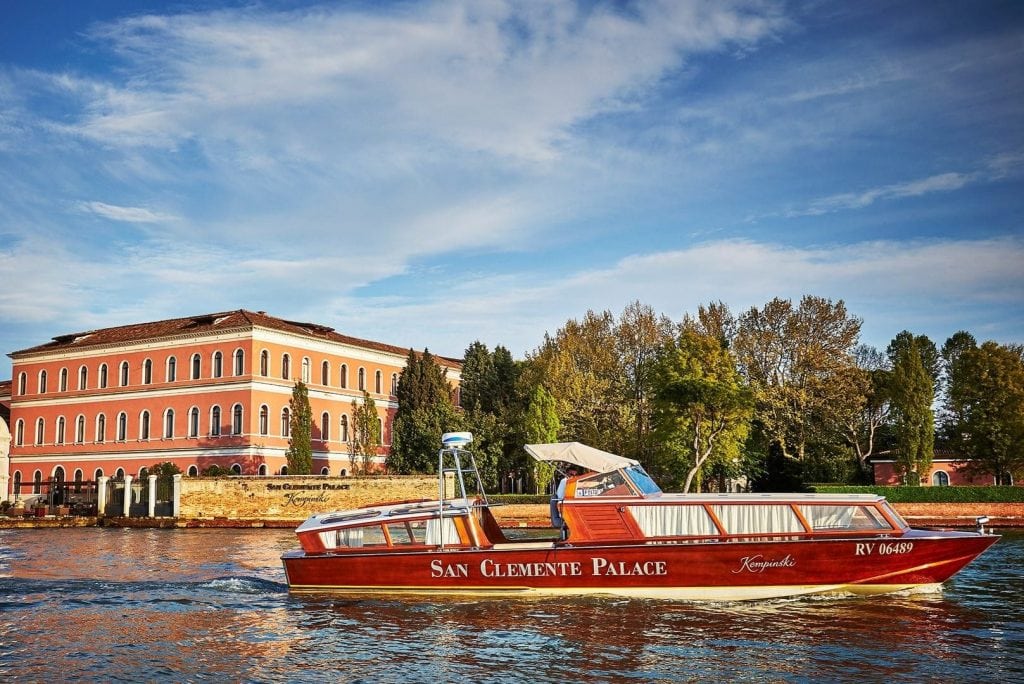Skift Take
Selling off the business that helped subsidize editorial content was certainly a brave move, but if — and it's a big if — Andrew Harper can work out how to make money purely from publishing, then it might just turn out to be a masterstroke.

Luxury Travel News
The Skift New Luxury column is our weekly column focused on the business of selling luxury travel, the people and companies creating and selling experiences, emerging trends, and the changing consumer habits around the sector.
The media is in crisis and there aren’t many sectors suffering more than consumer travel. Publications, including luxury magazines, that for years had grown fat on the back of juicy print advertising have struggled since the tap started running dry in the early 2000s.
We’ve covered the steady decline before, but it doesn’t seem to be getting any easier. Condé Nast said it intended to merge the editorial teams that produce Condé Nast Traveler in the U.S. and Condé Nast Traveller in the UK, in a move surely designed to stem the bleeding.
So, what to do? Well, publisher Andrew Harper thinks the answer is going back to where it all started. The company has sold extraneous bits that once subsidized the editorial operation and now has to figure out other ways of making money.
It may sound like pie in the sky, but Andrew Harper has one big thing going: honesty, or at least an attempt at being genuine. The publication doesn’t accept advertising or include paid content — the two things most publications still live for — while also footing the bill for writers’ trips.
In a world of commoditized content and questionable ethics, doing something different is probably the only way you’re going to survive.
For feedback or news tips, reach out via email at [email protected] or tweet me @paddywhyte.
— Patrick Whyte, Europe Editor
5 Looks at Luxury
Decades-Old Travel Media Company Andrew Harper Goes Back to Basics: Truth in consumer travel coverage is a rare commodity in this day and age of influencers, paid content, and the pursuit of profit. But one bespoke media company thinks it can succeed solely by sending writers around the world, paying the travel bills along the way.
Tourism Websites Are Being Redesigned to Get Way More Personal: Destinations need data to know how to help their hotels, restaurants, and attractions market themselves. While they don’t need to know anything too intimate about travelers, they’re still making sure all their t’s are crossed as more privacy rights laws take effect.
When Winter Tourism Getaways Become Summer Attractions: While once seen as just cold weather destinations, certain mountain towns in the Alps, the United States, and beyond are evolving their cultures and economies into year-round destinations with no compromise on things to do. Can they handle the crowds?
Luxury Travel Agencies Begin to Enlist Teens to Plan Family Itineraries: Grandparents may be footing the bill, but teenagers are the most important demographic for travel agents to please. TCS World Travel, a Seattle-based luxury agency, is leading a trend in asking teenagers for trip creation tips with the launch of a Teen Advisory Panel. Interesting!
Minor Hotels CEO: Why Hyatt’s Interest Was an Embarrassment: Minor Hotels CEO Dillip Rajakarier talks a pretty big game, and he doesn’t hold back on what’s on his mind about where his company stands in global hospitality.
Subscribe
Skift Europe Editor Patrick Whyte [[email protected]] curates the New Luxury newsletter. Skift emails the newsletter every Tuesday.
The Daily Newsletter
Our daily coverage of the global travel industry. Written by editors and analysts from across Skift’s brands.
Have a confidential tip for Skift? Get in touch
Tags: conde nast, luxury, media, publishing, travel media
Photo credit: The San Clemente Palace Kempinski Venice. The property was named most family friendly in Andrew Harpers' list of hotel standouts. Kempinski
